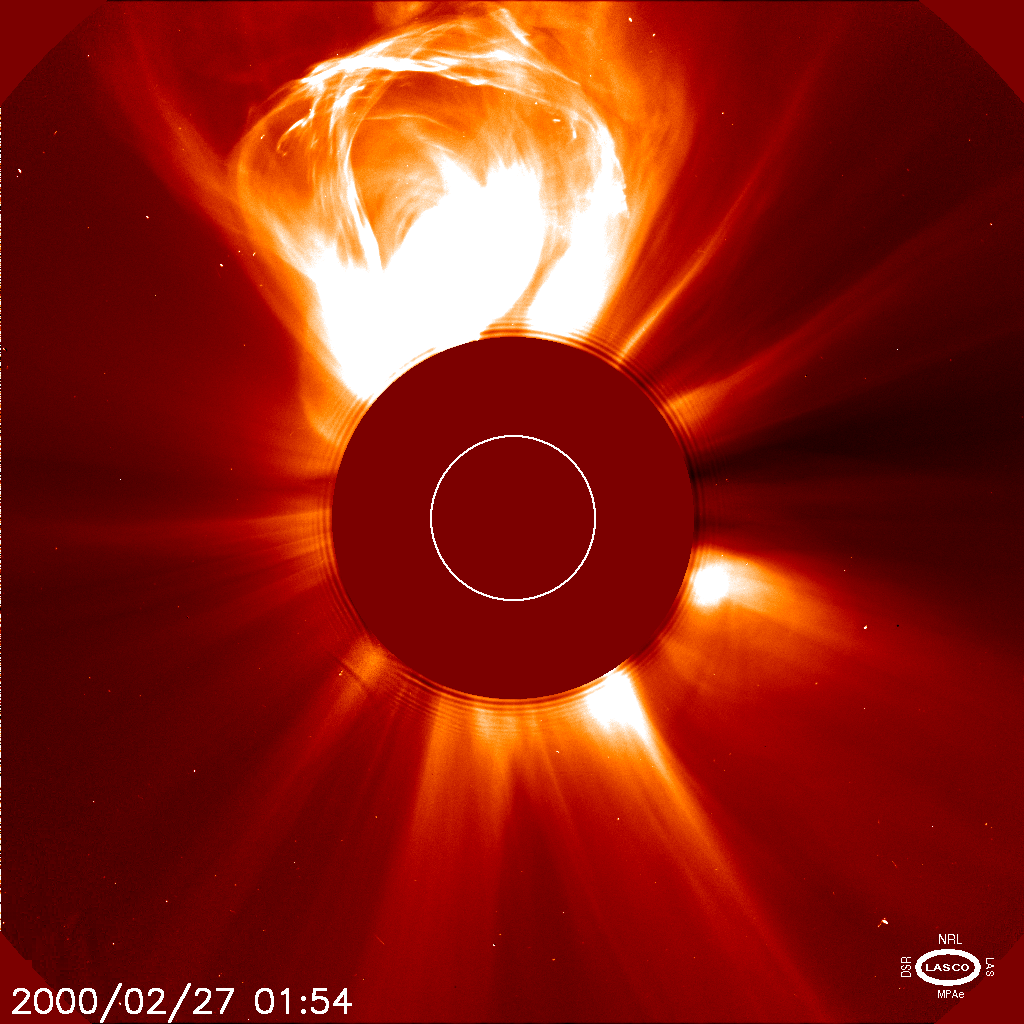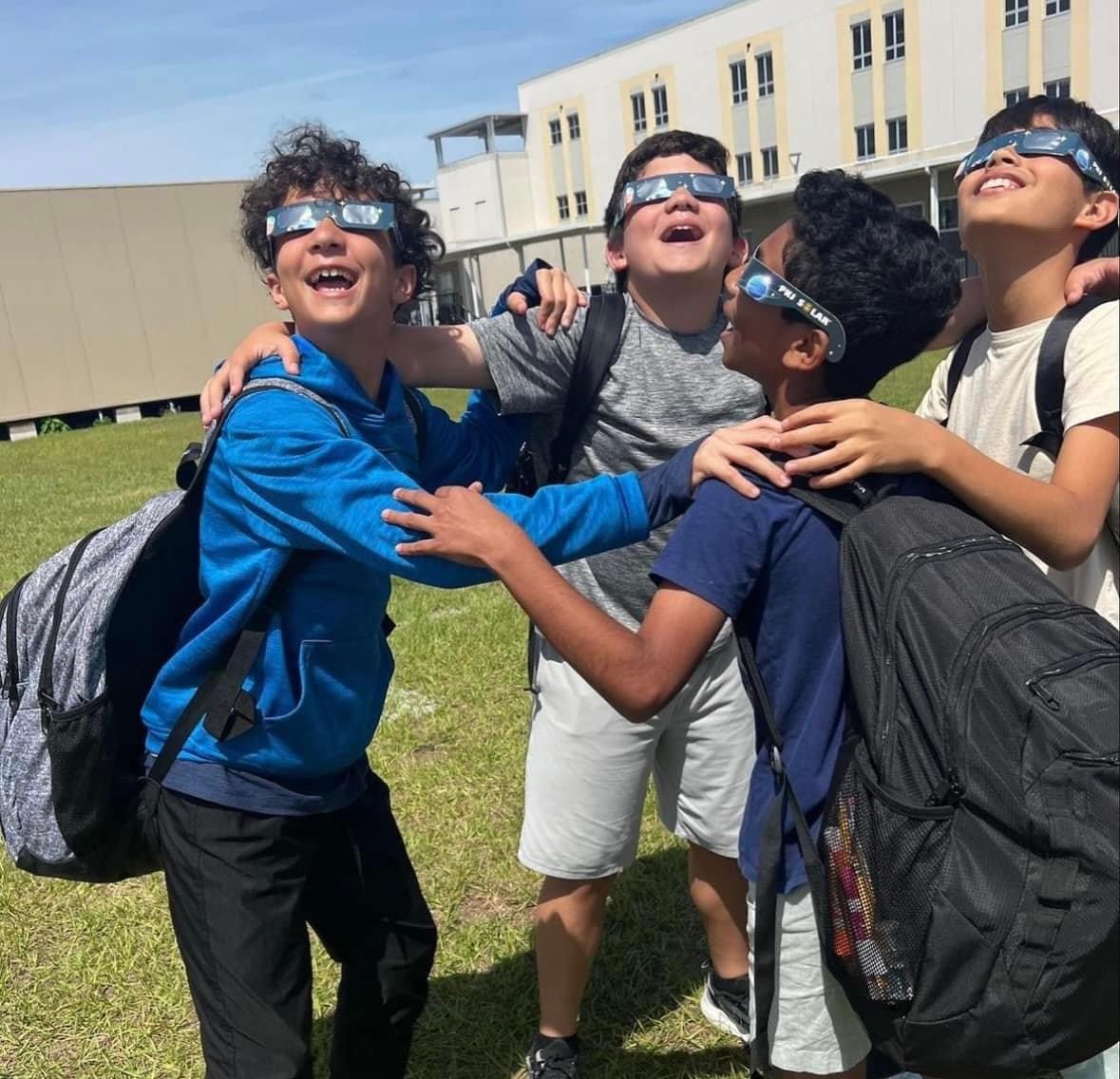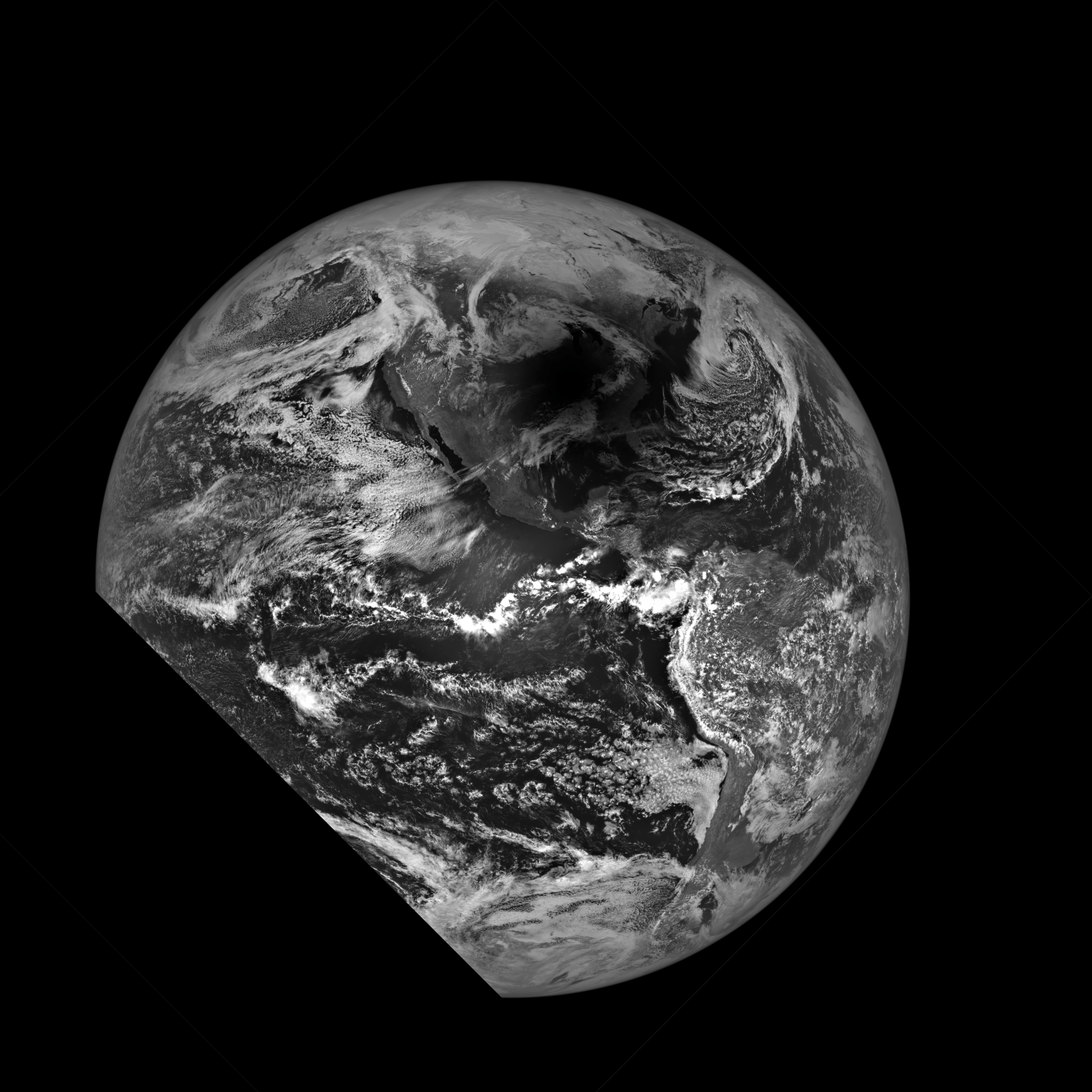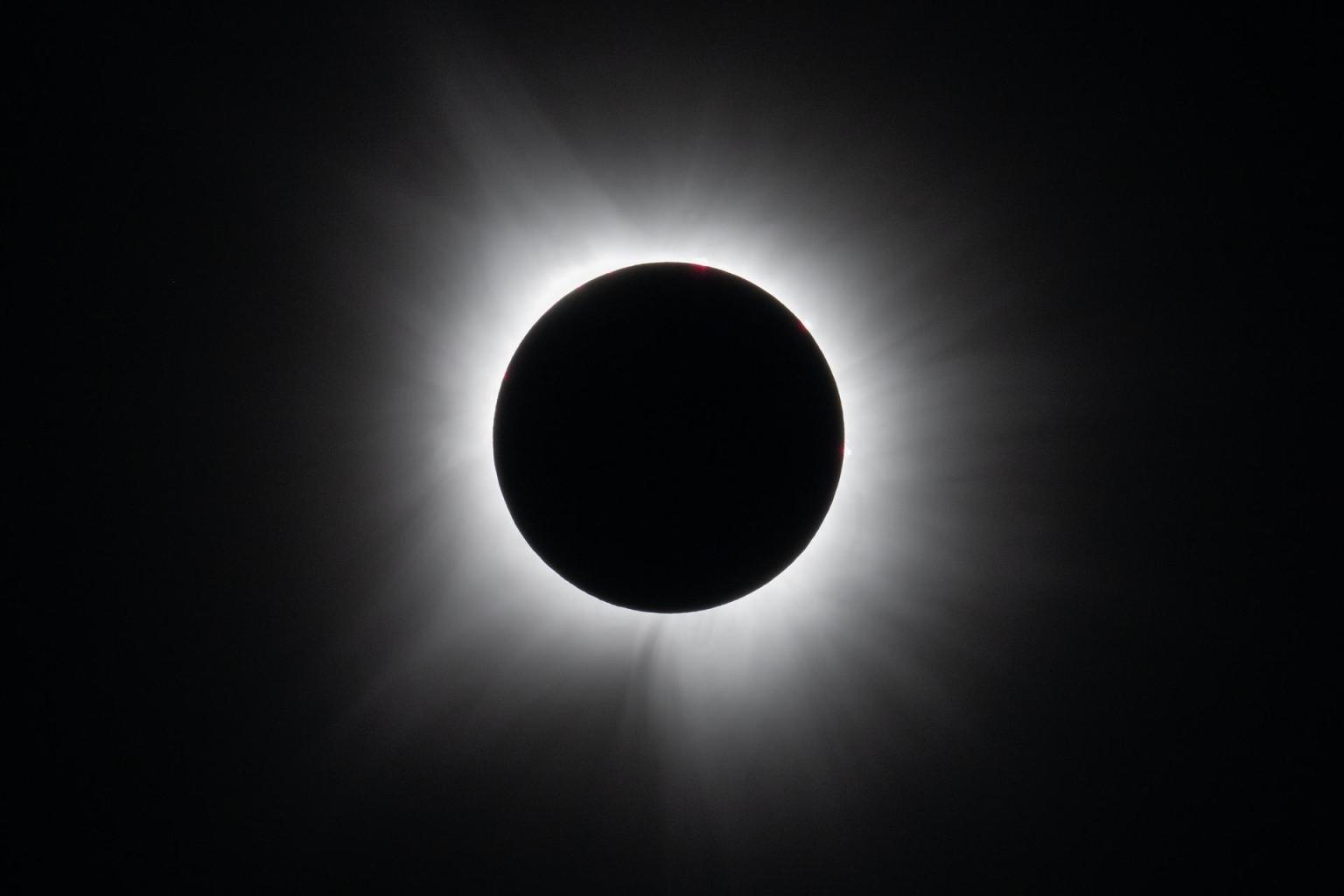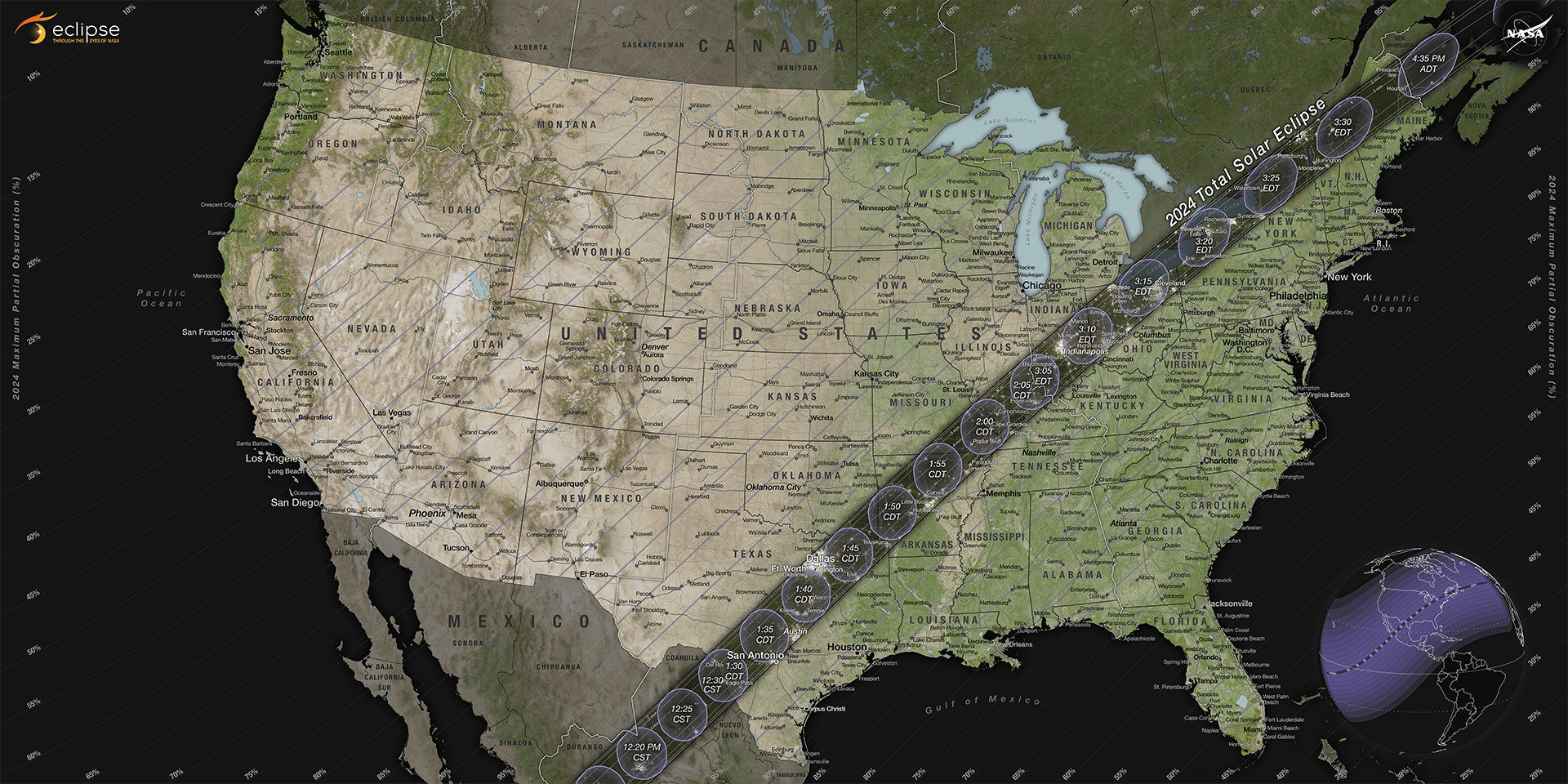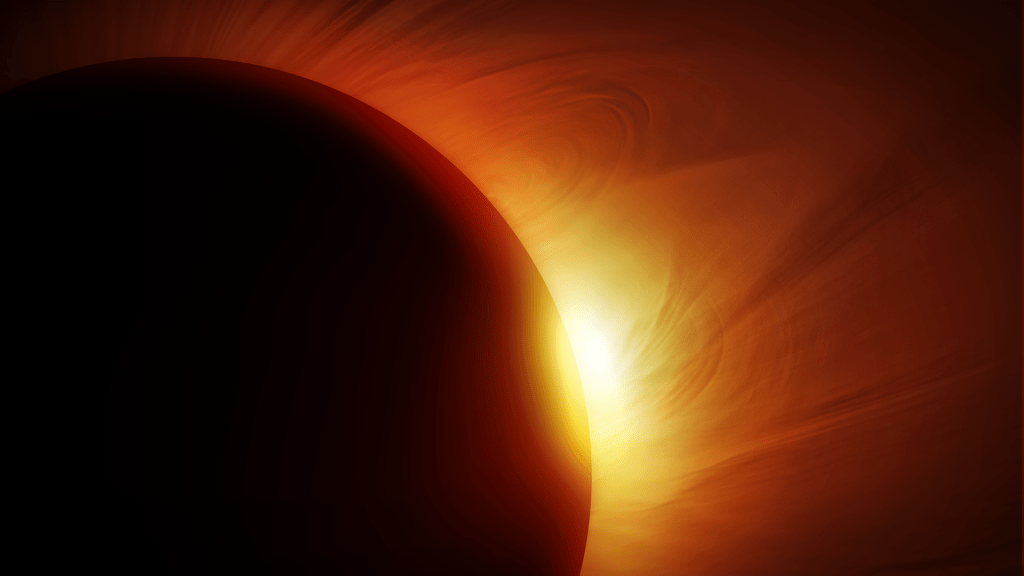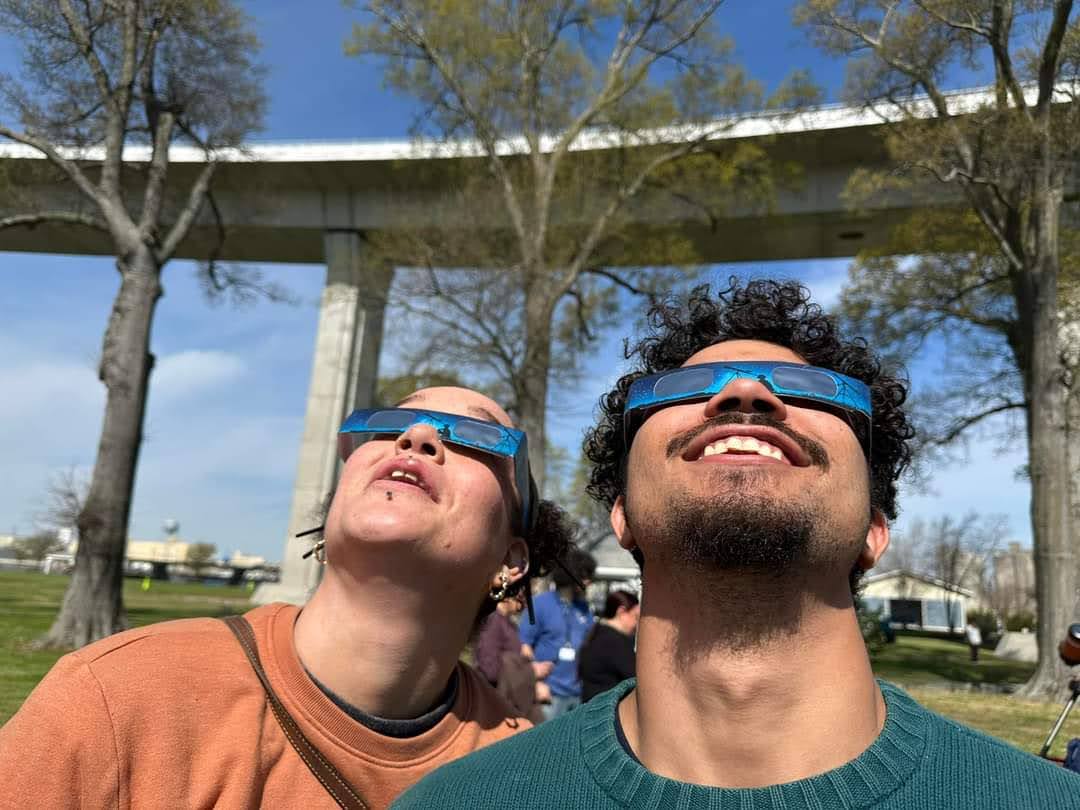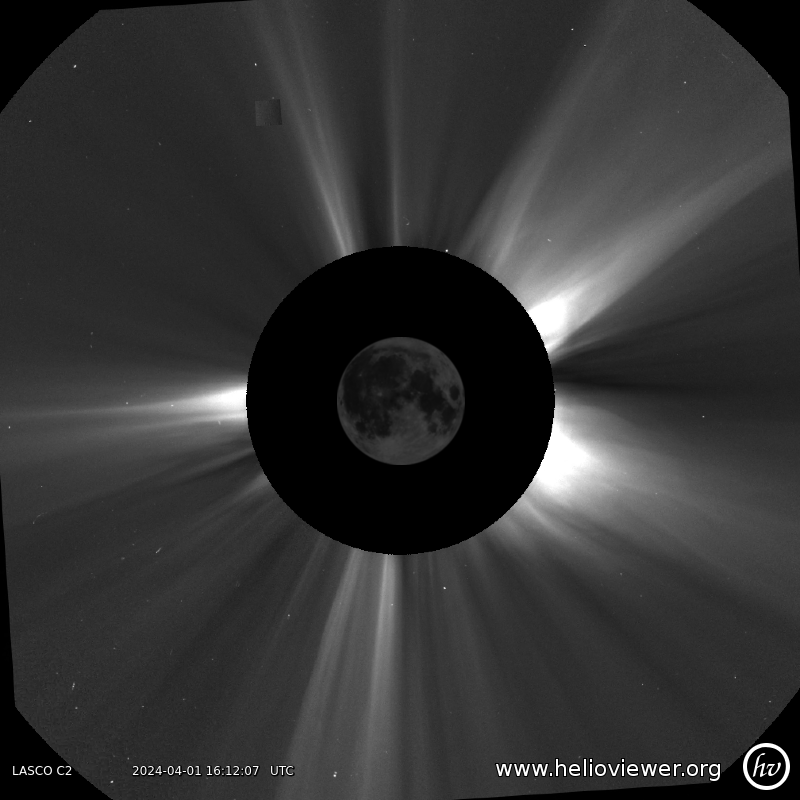2 min read Celebrate the Heliophysics Big Year with Free Heliophysics and Math Webinars from NASA HEAT The Heliophysics Big Year (HBY) is a global celebration of the Sun’s influence on Earth and the entire solar system. It began with the Annular Solar Eclipse on Oct. 14, 2023, continued through the Total Solar Eclipse on Apr. 8, 2024, and will conclude with Parker Solar Probe’s closest approach to the Sun in December 2024. Challenged by the NASA Heliophysics Division to participate in as many Sun-related activities as possible, the NASA…
Read MoreTag: 2024 Solar Eclipse
NASA@ My Library and Partners Engage Millions in Eclipse Training and Preparation
2 min read NASA@ My Library and Partners Engage Millions in Eclipse Training and Preparation The Space Science Institute, with funding from the NASA Science Mission Directorate and Gordon and Betty Moore Foundation, provided unprecedented training, support, and supplies to 15,000 libraries in the U.S. and territories in support of public engagement during the 2023 and 2024 eclipses. From September 2022 to September 2024, these efforts included: Co-development efforts with 3 NASA@ My Library Partner Libraries in the “Square of Awesome” (where both the total and annular eclipse crossed) led…
Read More2024 Total Solar Eclipse: Prediction vs. Reality
2 min read 2024 Total Solar Eclipse: Prediction vs. Reality Image Before/After Before a total solar eclipse crossed North America on April 8, 2024, scientists at Predictive Science Inc. of San Diego aimed to foresee what the Sun’s outer atmosphere, the corona, would look like during totality. The predictions help researchers understand the accuracy of their models of the Sun’s corona, which extends along its magnetic field. A solar eclipse offers a rare opportunity to view the entire corona from Earth, guiding research into how its energy can cause solar…
Read MoreSeeing the Solar Eclipse from 223,000 Miles Away
This spectacular image showing the Moon’s shadow on Earth’s surface was acquired during a 20-second period starting at 2:59 p.m. EDT (18:59:19 UTC) on April 8, 2024, by NASA’s Lunar Reconnaissance Orbiter. NASA/Goddard/Arizona State University NASA’s Lunar Reconnaissance Orbiter (LRO) captured the April 8, 2024, solar eclipse from hundreds of thousands of miles away. The camera suite aboard the LRO usually retrieves high resolution black and white images of the Moon’s surface; these images provide knowledge of polar illumination conditions, identify potential resources, hazards, and enable safe landing site selection.…
Read MoreThe April 8 Total Solar Eclipse: Through the Eyes of NASA
5 Min Read The April 8 Total Solar Eclipse: Through the Eyes of NASA A total solar eclipse is seen in Dallas on April 8, 2024. A total solar eclipse swept across a narrow portion of the North American continent from Mexico’s Pacific coast to the Atlantic coast of Newfoundland, Canada. A partial solar eclipse was visible across the entire North American continent along with parts of Central America and Europe. Credits: NASA/Keegan Barber On April 8, 2024, the Moon’s shadow swept across North America, treating millions to a breathtaking…
Read MoreMore Than 36,000 Volunteers Helped Do NASA Eclipse Science
2 Min Read More Than 36,000 Volunteers Helped Do NASA Eclipse Science SunSketcher volunteers captured sequences of eclipse images, revealing the precise size and shape of the Sun and testing theories of gravity! Credits: Clinton Lewis from New Harmony, IN/Western Kentucky University Thank you for helping us out! Over 36,000 people helped do NASA Science during Monday’s total solar eclipse. Together, these volunteers submitted more than 60,000 vital pieces of eclipse data to NASA science projects. More than 30,000 volunteers with the SunSketcher project pointed their smartphones toward the Sun and recorded…
Read MoreScientists Pursue the Total Solar Eclipse with NASA Jet Planes
5 min read Scientists Pursue the Total Solar Eclipse with NASA Jet Planes The April 8, 2024, total solar eclipse will produce stunning views across North America. While anyone along the eclipse path with a clear sky will see the spectacular event, the best view might be 50,000 feet in the air, aboard NASA’s WB-57 jet planes. That’s where a trio of NASA-funded teams are sending their scientific instruments to take measurements of the eclipse. Two teams will image the Sun’s outer atmosphere – the corona – and a third…
Read MoreNASA Partnerships Bring 2024 Total Solar Eclipse to Everyone
Solar eclipse NASA Eclipses are an important contribution to NASA’s research into the Sun’s outer atmosphere, or corona, and the part of Earth’s atmosphere where space weather happens. They’re also an inspirational opportunity for the public to get involved, learn, and connect with our place in the universe. Read More: 2024 Total Solar Eclipse On Monday, April 8, NASA and its partners will celebrate the wonders of the total solar eclipse as it passes over North America, with the path of totality in the United States, from Kerrville, Texas, to…
Read MoreSolar Eclipse Resources
2 Min Read Solar Eclipse Resources Visitors at Saturday “SUN” Day look through solar eclipse glasses. Credits: Kent Blackwell, Back Bay Amateur Astronomers From the Astronomical Society of the Pacific Get ready for the Moon to pass in front of the Sun, casting its shadow across all of North America. A spectacular total eclipse will sweep across North America on April 8, 2024! The Night Sky Network and Astronomical Society of the Pacific are creating and curating information for amateur astronomers and other informal educators. See some of our Night…
Read MoreNew ‘Eclipse Watch’ Tool Shows Eclipses from Space Any Time
4 min read New ‘Eclipse Watch’ Tool Shows Eclipses from Space Any Time Do you wish you could see a total solar eclipse every day? With a new online tool called Eclipse Watch, you can observe the Sun’s outer atmosphere, or corona, in real time with eclipse-like images from space as we count down to the next total solar eclipse on Earth. An eclipse-like image captured by the LASCO instrument on the SOHO spacecraft includes a picture of the Moon added for scale. To see the latest image, visit https://eclipse.helioviewer.org/.…
Read More